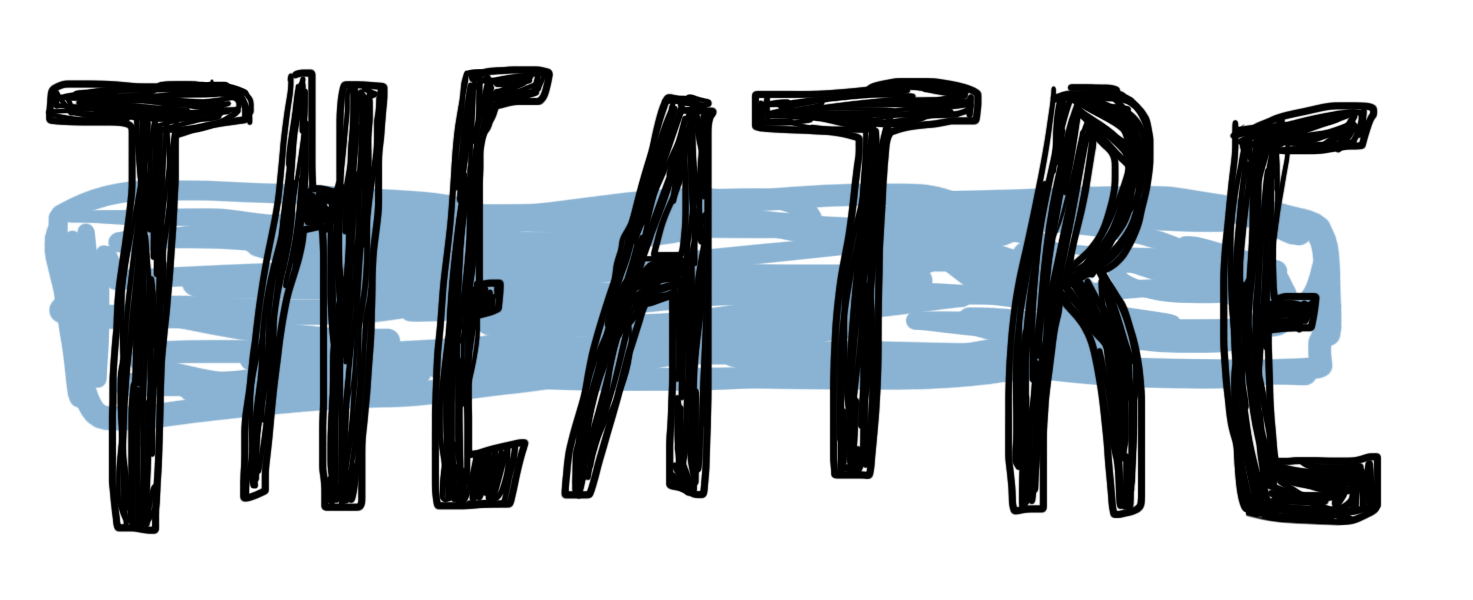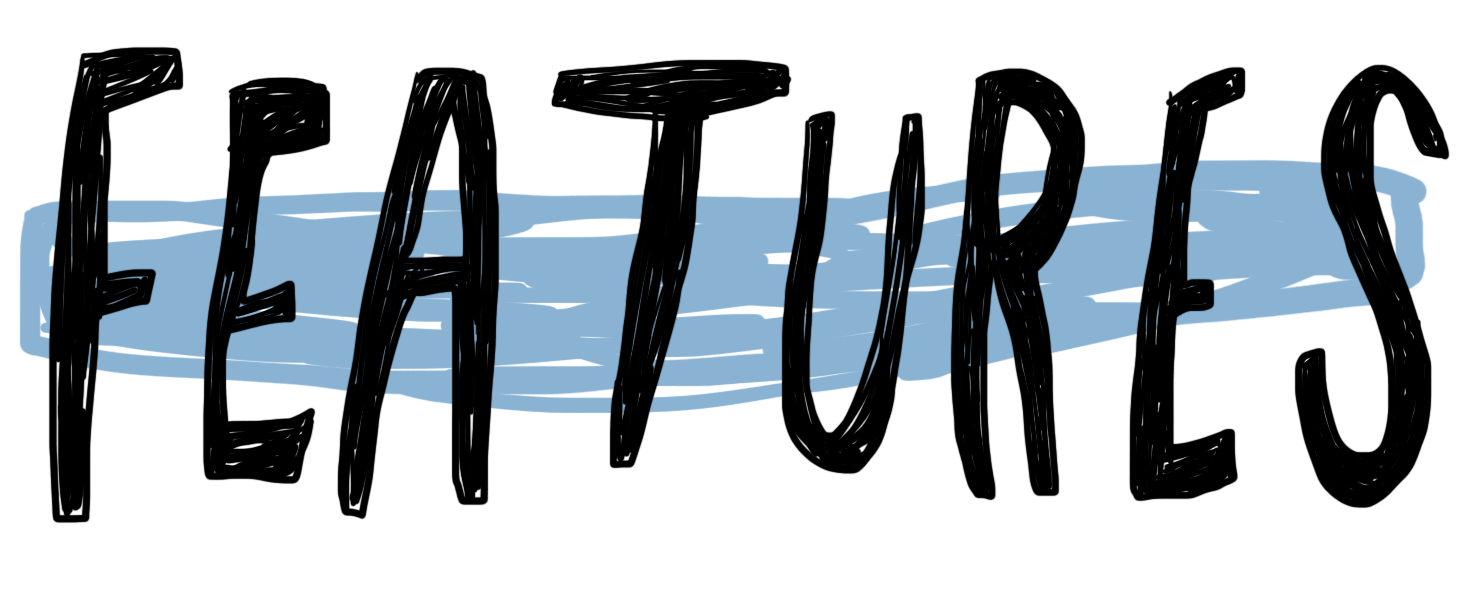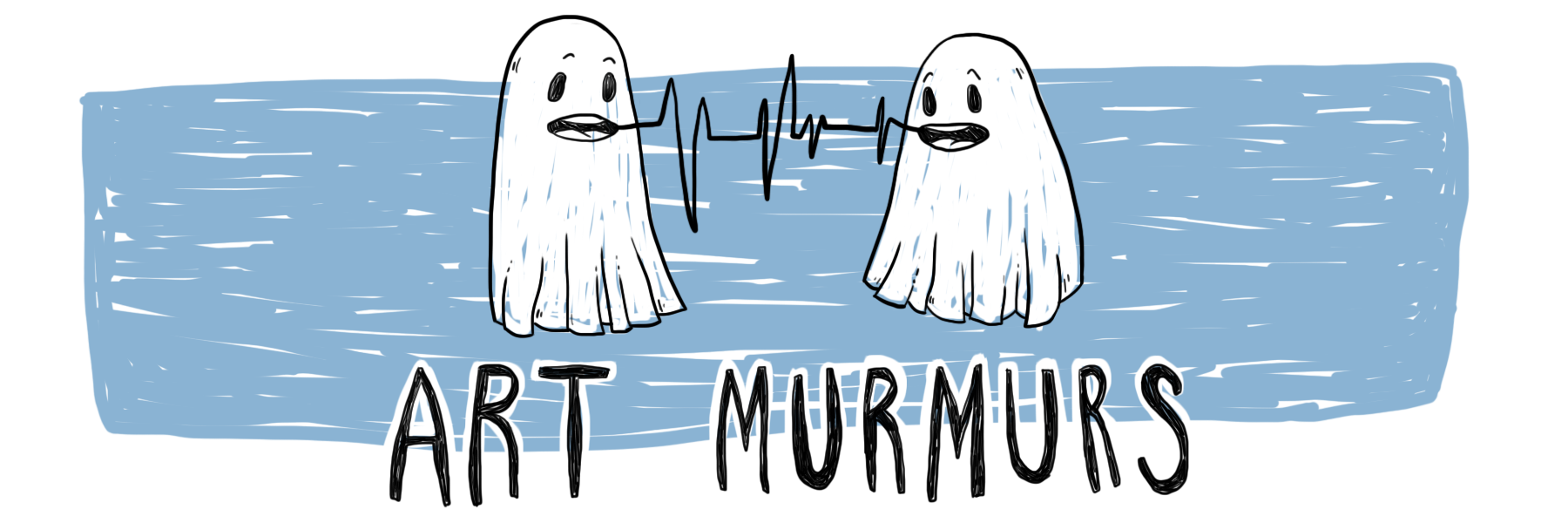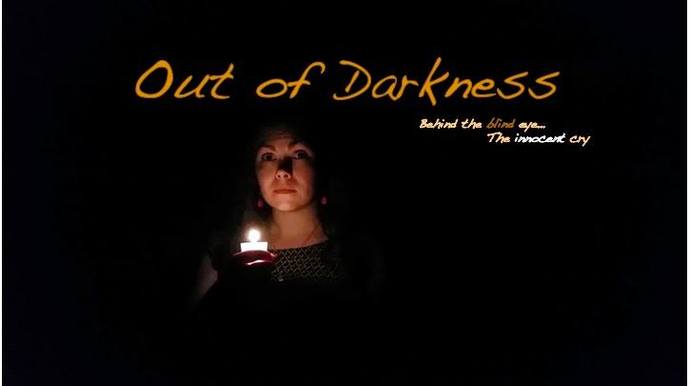Courtney Rose Brown
There are strong moments of craft and imagery that evoke powerful emotional responses. Particularly when the Alice is taught a series of movements to perform at a club that draw a sexual gaze to her body, at first she is led but as time progresses she performs it with confidence. This is set up quickly and is devastating, however, through over use of repetition the effect is reduced and we become desensitised.
Tech and design elements distract from the action. Alice dancing in the club is intercut with taking a man back to her bedroom. To signify the change in space, there is the clumsy addition of a duvet and pillow to show the bedroom, and then is removed to show the club. With so many transitions to and from these locations, the fiddliness of props makes me question how much the show gains from it.
James Bayliss performs the roles of the abusers and I would have liked to have seen more variety between the men he played. The ‘gross guy’ stereotype is repeatedly revisited painting a narrow view of who actually commits the crimes. A variety of men would have re-introduced the theme of ‘it could be anyone’ rather than just the stereotypes. However, the first time Bayliss sits on the aisle in the middle of the audience, he sits next to me. We watch Alice dance together, and it feels like we are participating in her sale. It makes my skin crawl. Yet when revisited too many times, that feeling diminishes.
Ivana Palezevic is the only one with a speaking role, as she provides narration from Alice’s POV, reflecting on her time as a sex slave. Seated on the side of the stage the majority of the show she has a small role in handling props. I wonder what the purpose of her character being there is as the visual storytelling is sufficient in telling the story. It is not until Palezevic and Brownell interact at the end that I see her significance. Their mirrored movements and interactions are playful and kind, they promote strong messages of the importance of self love, it's heartwarming. Especially rewarding after gaining her freedom from the help of another, I love how it ends on the note of her helping herself. Her newly found faith is incorporated at the end which my friend finds preachy, however, I admire how they stuck to the interviews rather than altering it to fit into a wider theatre world view.
There are many components in the show including narration, voice recordings and projection of video. Each time a new element is added, I find myself taken out of the world of the show, as I have to readjust to the new addition. The play begins with projection of a video of a mum, unknowingly selling her daughter into the sex trade business. Projection is never revisited and voice recordings end the show but are not used elsewhere.
I’d be interested to see the show compressed to a thirty minute piece where I believe it would have the punch that the company desired. The more contentious the material, the sharper you need to be. The constant use of repetition of visual images undercut the strength of the emotions they originally evoked amongst the audience. Stripped back, I think the message would have landed stronger as the audience leaves. It is evident that the company are passionate about raising awareness about human trafficking, however, it felt a little preachy, not giving us time to draw our own conclusions about it. This stopped the message of the show being as absorbed as it could have been.






